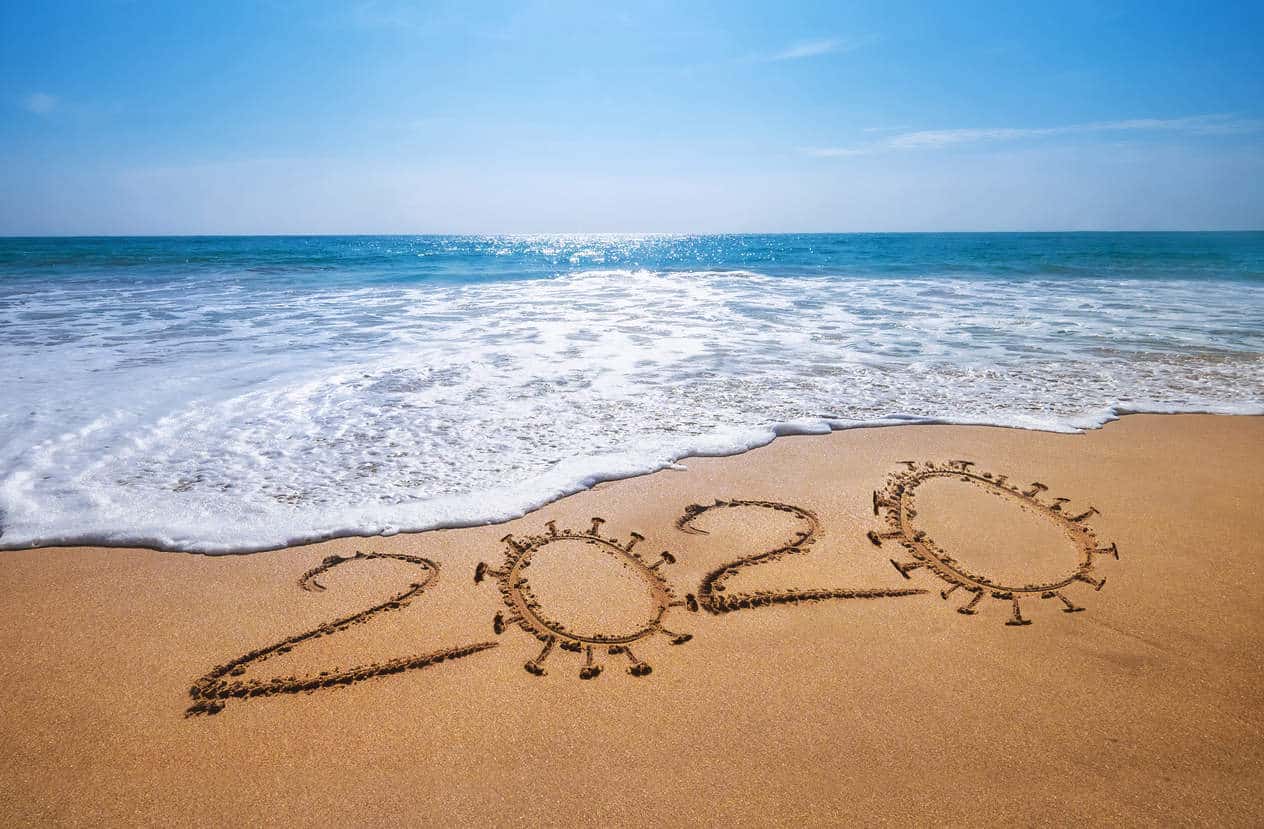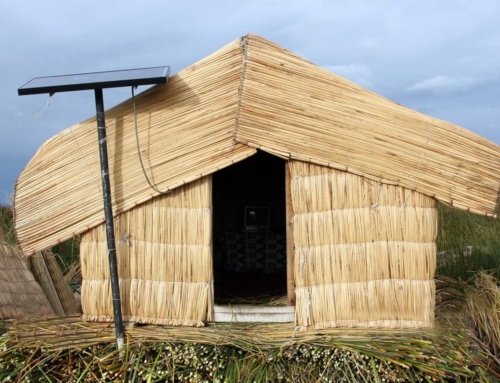As climate communicators, we are all struggling with three main questions during the pandemic. The first is when is an appropriate time to restart our messaging. The second is what messages work best during these times. The third is which audience targets yield the biggest benefits.
A number of organizations such as The Climate Advocacy Lab, Potential Energy Coalition and Yale Climate Change Communications have been trying to answer these questions with evidence-based science. Here’s a high level summary of survey and test results that might help your organization. (For more specific information please see these organization links.)
For many organizations, their primary focus is messaging to their base. All communications must be calibrated to answer who are you targeting? Are you trying to get those Alarmed and Concerned to act, or are you trying to get “persuadables” to become aware, or do you simply want to talk to the base you already have? Many of us realize that only talking to our base isn’t getting us very far, unless we are focused on mobilization for the November election. Rather, getting those in the middle to move may be more important. In times of crisis, we have the opportunity to shape opinions. For example, one demographic that data indicates is currently malleable and moveable is suburban women.
Second, some data indicates that it is still too early to be talking about the climate crisis among the strong headwinds of our COVID-19 pandemic. 55% of respondents in one survey this week indicated that all other issues should be put on the back burner during the pandemic, while 45% said that climate should be equally balanced with the pandemic. This will be disappointing to some in the movement who want to press ahead. They point out that the opposition isn’t slowing down, so why should we?
The climate movement was on a roll with the youth involvement and a Pew Research polls showing an 8 point uptick in concern based on greater awareness and recent events like the Australian and California wildfires. Urgency was increasing, and then we were hit by the pandemic. It’s disappointing to have to slow down. But if your message is just getting lost in the noise or simply annoying people who can’t focus on it, then what’s the point? We won’t move people.
When can we begin to talk about climate issues? There is little evidence that connecting the pandemic and climate is actually bad or negative. So carefully crafted messages may work. Messages of solidarity based on we are all in this together and those supporting the healing power of nature do better than others. But the general consensus based on survey data after hurricanes is to wait at least a month after the event. Since we are still in social-distancing mode, this may take a while. So the question is what kind of messages work best for persuadables. Is there a way to bridge this time?
The answer is yes. Messages that focus on two things work better than others. They are: 1) Trust the experts, a science-based message and 2) Right vs wrong, not Right vs Left, a we are in this together message. There also seems to be some evidence for a let’s build back better message. 69.4% of people agree we should rebuild in a clean way vs. get back to work if it means dirty jobs. This approach underscores the need for positive supportive and hopeful messages rather than shame and blame-based messages. Messages based on a strong positive vision will do better now.
Example of pandemic and climate messaging:
Instead of shaming, blaming or complaining:
This is a good time to reduce your personal carbon footprint. The pandemic has shown how each of us is responsible for spreading the disease. Just as you wash your hands, you need to clean our air, water and land.
Try this:
When we wash our hands and keep our distance, we protect everyone including the most vulnerable in our community; a parent, our grandma, or our kids. We do this because it’s the right thing to do. We can do the same for our climate by protecting our air, water and land, and by building back clean and safe when we come out of this. Let’s heal and build something better by coming together.
One last comment. We all recognize that these are extraordinary times. We have a sense of urgency. But now is a good time to start to implement testing in your messaging. If you’re not, you are likely to have unintended consequences. Call if you need help. Stay safe and healthy.
‘We are all connected. Savor the Earth!’™
Hobie,
L. Hobart Stocking
SkyWaterEarth.com
hobart@skywaterearth.com
651-357-0110
Facebook: @SkyWaterEarthConnected
Twitter: @SkyWaterEarth








Thank you for all your efforts. Not easy to negotiate the minefield of political correctness and individual interests to craft a message that will get to the heart of the issue and the hearts of people My observation is that we think of how to save lives, (esp in these corona virus times) how to make lives of those less fortunate better, how to save endangered species, but we don’t think enough about LIFE itself, the bigger picture. My reasoning tells me (and I have many friends who agree) that human overpopulation is the driving, destructive force on Earth. But of course it is easier to point fingers at corporations and the rich than to get more educated people on board to spread the message of individual responsibility for the life of Earth. There is no problem, issue, circumstance in any country which growing population of humans does not complicate: Destruction of wilderness for farmland, farmland for housing sprawl and highways, the cost of housing, utilities, food, all goods. Let’s face it—whether you consider highly developed or less-developed countries, humans destroy everything.
I hope you will push through the resistance to get some focus on this. I keep remembering that at the time of the first Earth Day 1970, the year I graduated college, so enthusiastic about the environmental movement, world human population was half of what it is now. Sadly, the media is not discussing this. It is the media that have to be convinced. But they are, of course, politically correct. This is not about racism or blaming the poor. It is about numbers and responsibility.
Linda Huhn, Minneapolis
This might be a good time to reframe the narrative a bit, focusing on short-term, close-in goals that more people can related to.